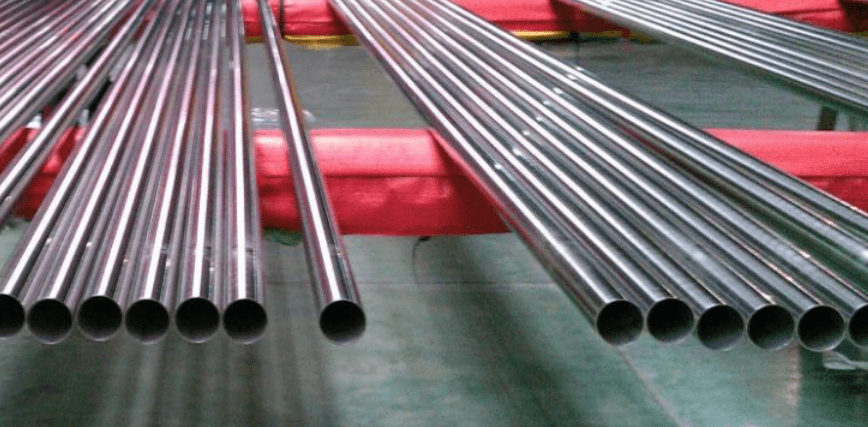Many of our customers have this question: Inconel 600 vs 718 – What’s the difference? Today, we will delve into the subtle differences between Inconel 600 and Inconel 718. Despite sharing a common origin, these two alloys possess unique characteristics and applications.

Inconel 600 vs 718 – What’s the Difference?
Let’s begin with Inconel 600. This nickel-chromium alloy is renowned for its excellent corrosion resistance in a wide range of environments, including oxidizing and reducing conditions. Its high nickel content ensures good resistance to chloride-ion stress-corrosion cracking, making it a prime choice for use in corrosive media such as seawater and acidic environments. The alloy also exhibits good mechanical properties at both ambient and elevated temperatures, with excellent formability and weldability. Inconel 600 is thus widely used in industries such as chemical processing, food processing, and power generation, where its resistance to corrosion and ability to maintain structural integrity under varying conditions are paramount.
Now, let’s turn our attention to Inconel 718. This nickel-chromium-based alloy is augmented with significant additions of molybdenum, cobalt, aluminum, and titanium, giving it a unique set of properties. The aluminum and titanium content promote the formation of gamma prime (γ’) precipitates, which significantly enhance the alloy’s strength and creep resistance at elevated temperatures. This, coupled with its excellent corrosion resistance, makes Inconel 718 a standout choice for high-performance applications in the aerospace, oil and gas, and nuclear industries.
Inconel 600 vs 718 – Temperature Capabilities
One of the key differences between Inconel 600 and 718 lies in their temperature capabilities. While Inconel 600 performs well at temperatures up to around 1000°C, Inconel 718 can operate effectively at even higher temperatures, thanks to its enhanced high-temperature strength and creep resistance. This makes Inconel 718 the preferred choice for components that are expected to endure extreme thermal stress, such as turbine disks and shafts in jet engines.
Inconel 600 vs 718 – Welding Characteristics
Another notable difference is in their welding characteristics. Inconel 600 is generally easier to weld than Inconel 718 due to its lower tendency to form hot cracks during welding. However, with the appropriate welding techniques and post-weld heat treatment, Inconel 718 can also be welded successfully, albeit with a slightly higher degree of difficulty.
Inconel 600 vs 718 – Cost
Cost is also a factor that needs to be considered when choosing between these two alloys. In general, Inconel 718 tends to be more expensive than Inconel 600 due to its more complex composition and the added processing steps required to achieve its desired properties. However, the superior performance characteristics of Inconel 718 often justify its higher cost in high-performance applications.
Conclusion
In summary, the choice between Inconel 600 and 718 depends largely on the specific requirements of the application at hand. Inconel 600 offers excellent corrosion resistance and good mechanical properties at ambient and elevated temperatures, making it suitable for a wide range of industries. Inconel 718, on the other hand, excels in high-temperature applications where strength and creep resistance are paramount, such as in the aerospace industry.
Thank you for reading our article and we hope it can help you to have a better understanding of the differences between Inconel 600 vs 718. If you are looking for Inconel 600 & Inconel 718 Alloy suppliers online, we would advise you to visit Huaxiao Alloy.
As a leading supplier of Inconel Alloys from Shanghai China, Huaxiao Alloy offers customers high-quality Inconel 600, Inconel 718, and Inconel 601 at a very competitive price.



